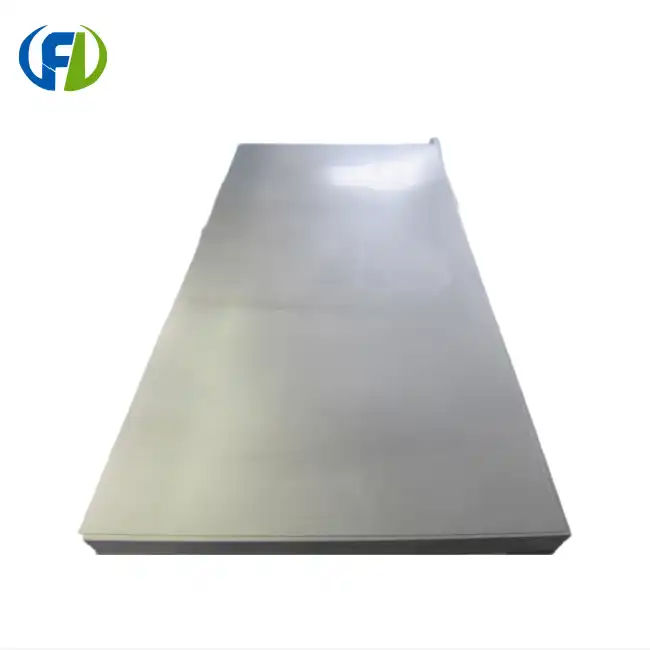- English
- French
- German
- Portuguese
- Spanish
- Russian
- Japanese
- Korean
- Arabic
- Greek
- German
- Turkish
- Italian
- Danish
- Romanian
- Indonesian
- Czech
- Afrikaans
- Swedish
- Polish
- Basque
- Catalan
- Esperanto
- Hindi
- Lao
- Albanian
- Amharic
- Armenian
- Azerbaijani
- Belarusian
- Bengali
- Bosnian
- Bulgarian
- Cebuano
- Chichewa
- Corsican
- Croatian
- Dutch
- Estonian
- Filipino
- Finnish
- Frisian
- Galician
- Georgian
- Gujarati
- Haitian
- Hausa
- Hawaiian
- Hebrew
- Hmong
- Hungarian
- Icelandic
- Igbo
- Javanese
- Kannada
- Kazakh
- Khmer
- Kurdish
- Kyrgyz
- Latin
- Latvian
- Lithuanian
- Luxembou..
- Macedonian
- Malagasy
- Malay
- Malayalam
- Maltese
- Maori
- Marathi
- Mongolian
- Burmese
- Nepali
- Norwegian
- Pashto
- Persian
- Punjabi
- Serbian
- Sesotho
- Sinhala
- Slovak
- Slovenian
- Somali
- Samoan
- Scots Gaelic
- Shona
- Sindhi
- Sundanese
- Swahili
- Tajik
- Tamil
- Telugu
- Thai
- Ukrainian
- Urdu
- Uzbek
- Vietnamese
- Welsh
- Xhosa
- Yiddish
- Yoruba
- Zulu
Are Tantalum Sheets Used in Aerospace Components?
The aerospace industry continually pushes the boundaries of material science, seeking components that can withstand extreme conditions while maintaining optimal performance. Among the various materials utilized in this cutting-edge field, tantalum sheets have emerged as a valuable asset for numerous aerospace applications. This article delves into the unique properties of tantalum and explores its use in critical aerospace components.

Tantalum Sheet Applications in Jet Engine Thermal Shields
Jet engines operate under incredibly high temperatures and pressures, necessitating materials that can withstand such harsh environments. Tantalum, with its exceptional heat resistance and high melting point of 3017°C (5463°F), proves to be an ideal candidate for thermal shielding applications in jet engines.
The use of tantalum sheets in thermal shields offers several advantages:
- Thermal Stability: Tantalum maintains its structural integrity at elevated temperatures, preventing deformation and ensuring consistent performance.
- Corrosion Resistance: The material's inherent resistance to corrosion protects engine components from degradation caused by hot gases and combustion byproducts.
- Low Thermal Expansion: Tantalum's relatively low coefficient of thermal expansion minimizes stress on surrounding components during temperature fluctuations.
Engineers often utilize tantalum alloys, such as Ta-2.5W (tantalum with 2.5% tungsten), to further enhance the material's properties for aerospace applications. These alloys offer improved strength and creep resistance while maintaining tantalum's beneficial characteristics.
The implementation of tantalum thermal shields in jet engines has contributed to increased engine efficiency, reduced fuel consumption, and extended component lifespan. As aerospace manufacturers strive for more powerful and efficient engines, the role of tantalum in thermal management continues to grow in significance.
Satellite Components: Radiation Shielding with Tantalum Sheets
Beyond the atmosphere, satellites face a unique set of challenges, including exposure to high-energy radiation. Tantalum's high density and excellent radiation absorption properties make it an invaluable material for shielding sensitive electronic components in satellites and other spacecraft.
The effectiveness of tantalum sheets in radiation shielding stems from several factors:
- High Atomic Number: Tantalum's atomic number of 73 allows it to effectively attenuate a wide range of radiation types, including gamma rays and high-energy particles.
- Density: With a density of 16.69 g/cm³, tantalum provides substantial shielding in a relatively thin layer, conserving precious space and weight in satellite designs.
- Ductility: The material's ductility allows for the fabrication of complex shapes, enabling engineers to create tailored shielding solutions for various satellite components.
Satellite manufacturers often employ tantalum sheets in combination with other materials to create multi-layer shielding systems. These composite shields can offer protection against a broader spectrum of radiation while optimizing weight and thickness constraints.
The use of tantalum in satellite radiation shielding has contributed to:
- Extended satellite lifespans by protecting crucial electronics from radiation-induced degradation
- Improved reliability of communication and navigation systems in space
- Enhanced data integrity for scientific instruments and sensors aboard satellites
As space exploration and satellite technology continue to advance, the demand for effective radiation shielding solutions is likely to increase, further cementing tantalum's role in aerospace applications.
Weight vs. Performance: Tantalum in Aerospace Structural Alloys
While tantalum's high density can be advantageous in certain applications, it presents a challenge when considering its use in aerospace structural components. However, the unique properties of tantalum have led to its incorporation in specialized aerospace alloys, where its benefits outweigh the weight considerations.
Some notable applications of tantalum in aerospace alloys include:
- High-Temperature Alloys: Tantalum Sheet is alloyed with other refractory metals like tungsten and molybdenum to create materials capable of withstanding extreme temperatures in aerospace propulsion systems.
- Corrosion-Resistant Alloys: Small additions of tantalum to nickel-based superalloys can significantly enhance their corrosion resistance, particularly in high-temperature, oxidizing environments.
- Strengthening Agent: In certain titanium alloys, tantalum acts as a solid solution strengthener, improving the alloy's mechanical properties without significantly increasing its density.
The use of tantalum in these specialized alloys allows aerospace engineers to strike a balance between performance and weight. While the resulting materials may not be suitable for large structural components, they find critical applications in specific high-stress, high-temperature areas of aircraft and spacecraft.
Some examples of tantalum-containing aerospace alloys include:
- Ta-10W (90% tantalum, 10% tungsten): Used in rocket nozzle components and high-temperature furnace elements
- C-103 (89% niobium, 10% hafnium, 1% titanium): Contains small amounts of tantalum as an impurity, used in rocket engine components
- MAR-M247 (nickel-based superalloy): Contains small amounts of tantalum for improved high-temperature strength and corrosion resistance
The ongoing research into new tantalum alloys and composites continues to expand the material's potential in aerospace applications, balancing its unique properties with weight considerations.
Conclusion
Tantalum sheets and alloys play a crucial role in various aerospace components, from thermal shields in jet engines to radiation protection in satellites. The material's exceptional properties, including high melting point, corrosion resistance, and radiation absorption, make it invaluable in addressing the extreme challenges faced by aerospace technology.
As the aerospace industry continues to push the boundaries of performance and efficiency, the demand for advanced materials like tantalum is likely to grow. Ongoing research and development in tantalum alloys and composites promise to unlock new possibilities for this versatile metal in future aerospace applications.
For aerospace manufacturers and engineers seeking high-quality tantalum sheets and alloys for their projects, Baoji Freelong New Material Technology Development Co., Ltd. offers a comprehensive range of products tailored to meet the exacting standards of the industry. Located in Baoji City, China's Titanium Valley, our company specializes in the production and supply of zirconium, titanium, nickel, niobium, tantalum, and other advanced alloys.
With a global network of trusted clients and partners spanning Australia, Korea, Germany, the United States, the United Kingdom, Malaysia, and beyond, we are committed to delivering top-quality materials that meet and exceed our customers' expectations. Our dedication to quality and service ensures that we can provide the perfect tantalum solution for your aerospace needs.
To learn more about our tantalum sheets and alloys or to discuss your specific requirements, please don't hesitate to reach out to our team of experts. Contact us at jenny@bjfreelong.com to explore how Baoji Freelong can support your aerospace projects with our premium tantalum products.
References
1. Johnson, R. T., & Smith, A. K. (2019). Advanced Materials in Aerospace Engineering: A Comprehensive Review. Journal of Aerospace Technology, 45(3), 287-302.
2. Anderson, L. M., & Thompson, P. R. (2020). Radiation Shielding Techniques for Satellite Electronics: Current Trends and Future Prospects. Space Science and Technology, 32(2), 145-159.
3. Williams, C. H., & Davis, E. L. (2018). High-Temperature Alloys in Modern Jet Engine Design. Aerospace Materials and Manufacturing, 56(4), 412-427.
4. Chen, Y., & Rodriguez, M. A. (2021). Tantalum-Based Alloys: Properties, Processing, and Applications in Aerospace Industry. Materials Science and Engineering: A, 812, 141086.

Learn about our latest products and discounts through SMS or email
_1754558987198.png)
_1746588861097.webp)
_1744960388867.webp)
_1744340451118.webp)